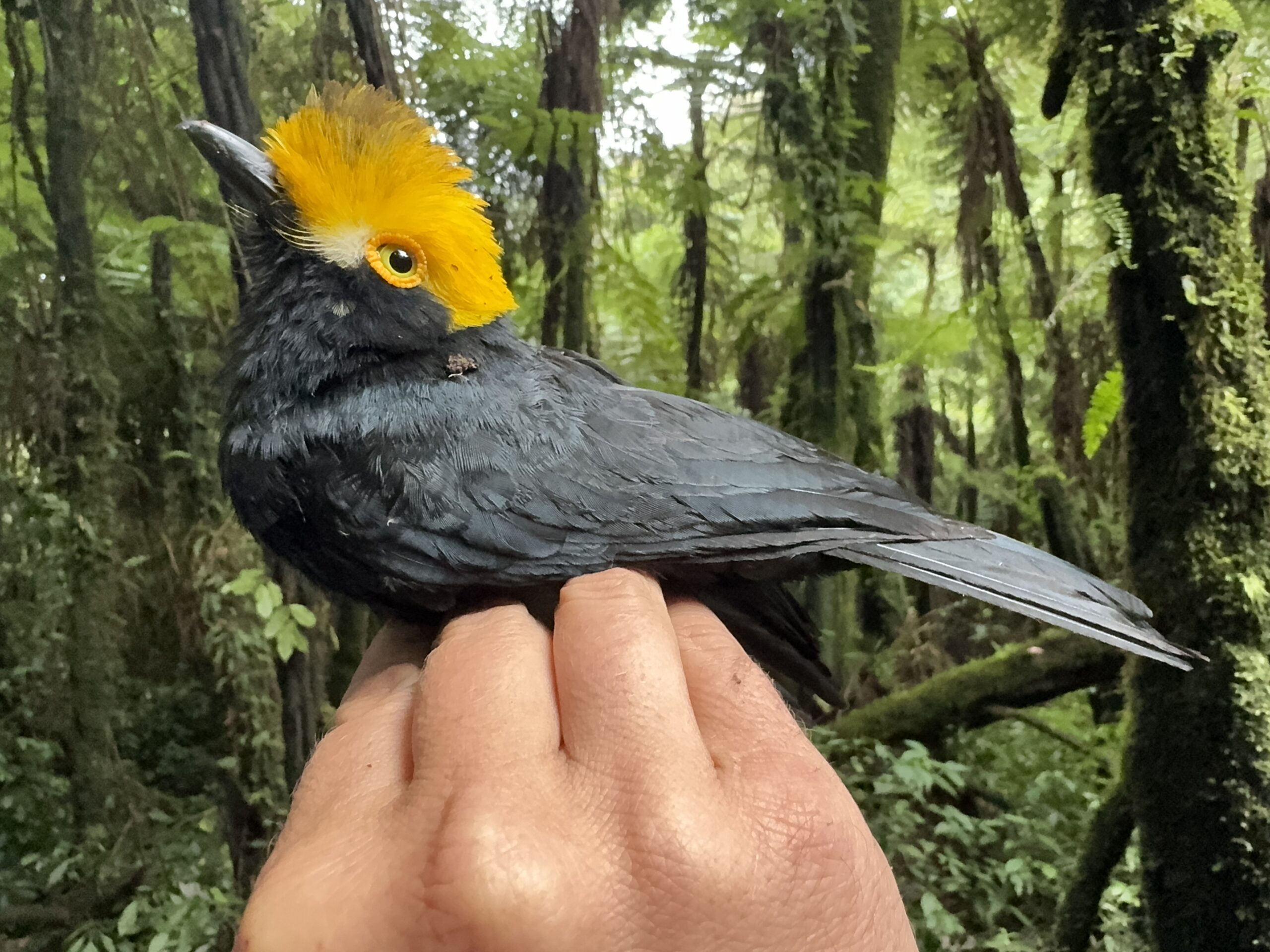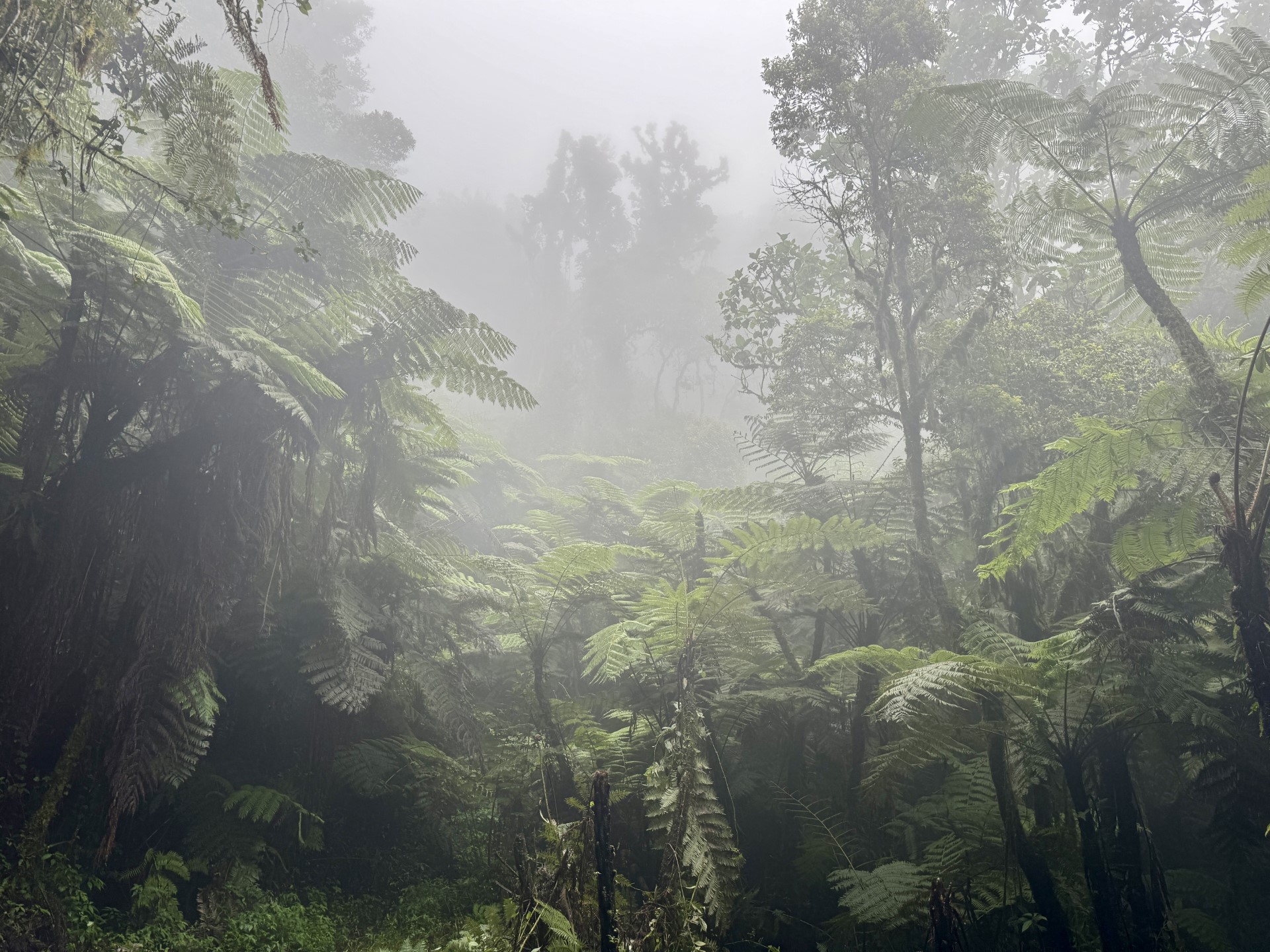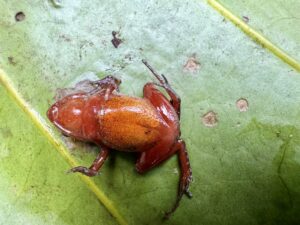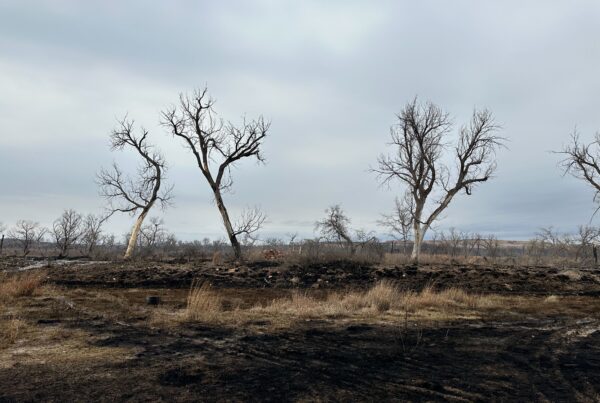The yellow-crested helmetshrike is a rare bird species endemic to Africa that had been listed as “lost” by the American Bird Conservancy when it hadn’t been seen in nearly two decades. Until now.
Scientists from the University of Texas at El Paso were able to locate and capture the first-ever photos of the bird during a six-week expedition through the cloud forests of a mountain range in the eastern Democratic Republic of the Congo.
It was just one of several exciting discoveries made during the trip, which was co-led by UTEP biological sciences professors Dr. Eli Greenbaum, a herpetologist, and Dr. Michael Harvey, an ornithologist.
Greenbaum joined the Standard to talk about the experience. Listen to the interview above or read the transcript below.
This transcript has been edited lightly for clarity:
Texas Standard: So what were you set out to find on this expedition? Was it just a looking for whatever species that you could find, and you were sort of open to all of the surprises?
Eli Greenbaum: Well, there’s a long history of research in the Albertine Rift mountains, which are the mountains sort of along the eastern border of Democratic Republic of the Congo. And it is one of the most biodiverse places in continental Africa. And within that, the Itombwe Plateau, where we focus our research, is sort of the crown jewel of all of that.
Congo was a Belgian colony back in the late 19th, early 20th century. And for some reason, the Belgians just didn’t spend a lot of time around Itombwe. But the little bit that they did was absolutely incredible. They found frogs that are in Itombwe and nowhere else.
So we kind of had an inkling that this was an area that has really high biodiversity, but also poorly known biodiversity.
Now, what are some of the reasons why it’s difficult to explore? I mean, it sounds like it’s just frankly a sort of difficult area to traverse.
Yes. I mean, the terrain is really rugged.
So back in the colonial era, there was a road that the Belgians made for mining purposes. And we actually followed part of that road during the expedition that happened in December and January. But it’s been many decades since anyone used that road. And there are now trees growing in the middle of the road.
Every couple of hundred feet there’s a tree that has fallen down in the road. So you have to figure out, “gosh, okay, do I jump over this tree? Do I climb over it? Do I crawl down into the muddy water underneath it and sort of scoot underneath it?” So it’s like an obstacle course.
At one point during the expedition we walked 14 miles in seven hours through torrential downpour. So it’s not something that the average person would want to do. It’s really tough going through the terrain.
Now, in addition to that, Central Africa in general is really well-endowed for tropical disease. So you have everything from deadly Ebola to dengue fever, yellow fever, malaria. And then there are several armed groups that are active in and around Itombwe.
















